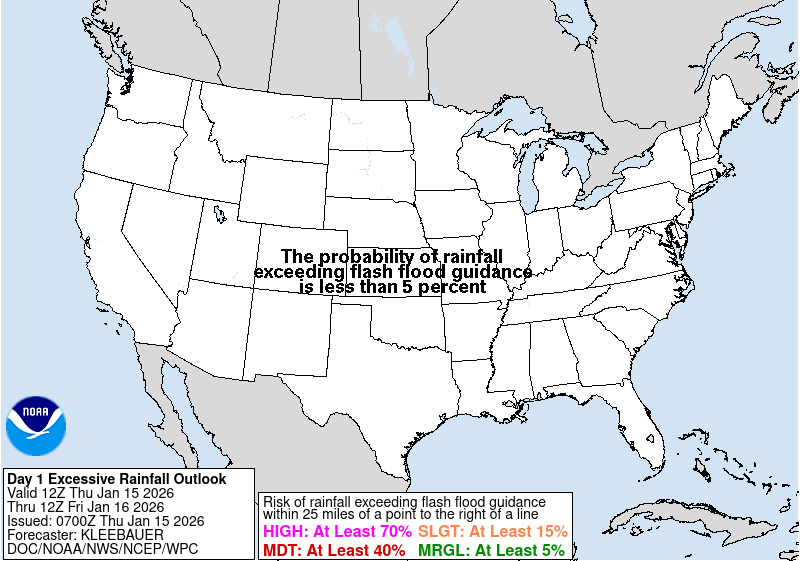Heat continues to consume the South as temperatures soar into the upper 90s to low 100s with heat indices of 105 – 110. This is particularly bad in Central Texas where an expansive drought has been in place leading to even hotter temperature then some of the other portions of the region. Elsewhere, a slight risk for flooding appears likely due to the formation of mesoscale convective systems (MCS) across the plains and in the Southeast a surface low looks to focus forcing into generating rainfall across the region. Looking ahead, a pattern change can be seen on the horizon which may finally bring some relief to regions who have been under the influence of the ridge this year. Let’s break all of this down below.
Heat Across the South
Heat continues to be the story as our ridge, which is centered over Texas, continues to bake locations across the South. Temperatures in the upper 90s to low 100s with heat indices of 105-110 appear likely leading to widespread areas under excessive heat warnings or heat advisories. Locations such as Texas, Oklahoma, Louisiana, and Arkansas will be at the greatest risk for the hottest temperatures. Resident in these states should take extra care to prepare for the heat. Additionally, wildfire concerns, particularly in Texas, will need to be monitored as fuels remain dry and temperature remain hot. Winds should remain low which will aid in combating any fires that do manage to pop up.

Flooding Concerns Across the Plains and Southeast
Two areas of concern for flooding are apparent for this post and will remain the focus for this forecast. Area one, focused over the Plain, looks to be a region where one or more MCS like systems will form and move across the region. These systems will bring with them the chance for heavy rainfall, damaging winds, and hail to the region. Luckily, the chance for tornados within the Plains threat area appears little to none which is nice, but with damaging winds of 75 mph or greater it wouldn’t matter if the winds were straight lined or tornadic damage will be made.
The second area of concern is the Southeast where widespread flooding is possible from a surface low inducing forcing across the region leading to widespread ascent and thus widespread rainfall. This region may see several rounds of slow moving thunderstorms bringing heavy rainfall, gusty winds, hail, and an isolated tornado threat to the region. Travelers in this region should prepare for what will be a wet and soggy day across much of the Southeast.
Finally, while this location shouldn’t see any new rainfall, travel area Missouri should begin to improve today after the rainfall overnight that led to significant flooding across the region. In particular travel in the St. Louis area should see improvements throughout the day,

Extended Outlook
After several weeks of the same pattern, a breakdown looks to be on the horizon. The ridge which has been sliding around the south looks to retrograde to the West allowing more troughing to take hold across CONUS. This should allow a cold front or two the chance to traverse the country and provide a cool down to many in the form of northerly winds and rainfall. It remains to be seen if this rainfall could bring any flooding concerns at this time, but that threat should be monitored as the pattern change moves closer. This pattern change looks to begin this weekend and should continue into next week.
Travel Outlook
Airport delays may be expected across the Central and Southern US, as rounds of showers and thunderstorms move through the region daily. Deteriorating road conditions may also occur and caution should be taken when driving through areas where thunderstorms, some severe, are possible. Otherwise, largely uninterrupted travel conditions can be expected across most of the country over the coming days.
Conclusion
A pattern change is on the way and should bring relief for a large portion of the CONUS in the form of cooler temperatures and widespread rain chances. These rain chances look to be at there highest in the short term across the South and the Plains, but should become more widespread as the pattern change gets underway. Hot conditions will still exist for some in the South, but the firm grip the heat had seems to be waning as we move into August.

